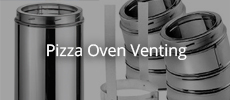Originally posted by david s
View Post
What should be the sand/clay mix ratio?
Does it make sense to cut the bricks on the fly?
I initially placed my bricks on my parking floor and marked the shape using the template I made for the vermiculite insulation mix, but I fear the bricks will not fit the same way once in place if I cut them in advance.





Leave a comment: